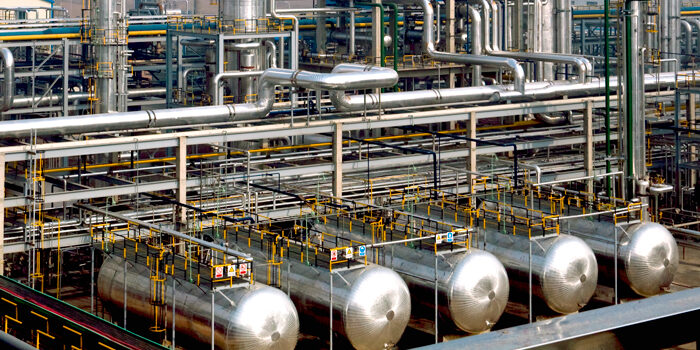The Minister of State for Petroleum Resources, Chief Timipre Sylva, has announced the introduction of six new regulations derived from the Petroleum Industry Act 2021 in Nigeria. These regulations aim to promote sustainable growth in the midstream and downstream sectors of the oil and gas industry, providing clarity for industry operators and regulators.
The new regulations are designed to facilitate industry expansion, economic development, and prosperity. They cover various aspects, including midstream and downstream operations, natural gas pipeline tariffs, gas pricing and domestic demand, license and permit transfer, petroleum transportation and shipment, and petroleum measurement.
In addition to the regulatory changes, Mele Kyari, the Group Managing Director of the Nigerian National Petroleum Corporation Limited (NNPC), emphasized the need for collaboration among oil and gas industry players and policymakers in Africa. Kyari highlighted the importance of prioritizing investment in renewable energy infrastructure, research and development, and capacity building to achieve energy security and transition to cleaner energy sources. He also emphasized the opportunities presented by the African Continental Free Trade Area agreement and the need for collaborative efforts to address challenges arising from the energy transition.
Ghana: Fuel Trade and Investment Promotion
Meanwhile, in Ghana, the Minister of Energy, Matthew Opoku Prempeh, expressed the country’s aim to promote fuel trade and investment between Ghana and Mali, as well as other countries in the sub-region. During a state visit to Mali, Minister Prempeh emphasized that deepened economic cooperation would not only facilitate fuel trade and investment but also strengthen efforts to combat illicit fuel activities. Such measures would help protect tax revenues and secure the Ghana-Mali corridor. Discussions have also been initiated to increase fuel supply and promote liquefied petroleum gas exports from Ghana to the Malian market.
Global Oil Market Outlook
On May 17, oil prices experienced limited movement in Asian trade due to several factors affecting the market. Industry data revealed an unexpected build in U.S. inventories, defying predictions of a drawdown. U.S. crude inventories increased by approximately 3.7 million barrels in the week to May 12, according to the American Petroleum Institute. Additionally, weak economic readings from the U.S. and China raised concerns about the demand outlook.
U.S. West Texas Intermediate futures fell by 0.6% to $70.47 a barrel, while Brent futures fell by 0.1% to $74.52 a barrel. These declines followed a decrease of about 0.7% on the previous day. Furthermore, the plans of the U.S. government to refill the Strategic Petroleum Reserve, although providing a limited boost to oil prices, were not enough to counteract the negative market sentiment caused by the unexpected increase in inventories.
The recovery in crude prices was also affected by weaker-than-expected retail sales and industrial production data from China. Investors grew concerned about the demand recovery in the world’s largest oil importer. Additionally, a rebound in the U.S. dollar hindered crude prices as several Federal Reserve officials expressed a hawkish outlook on monetary policy due to persistently high inflation.
![]()




